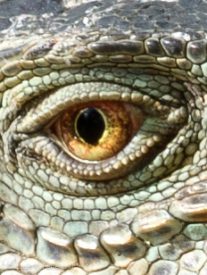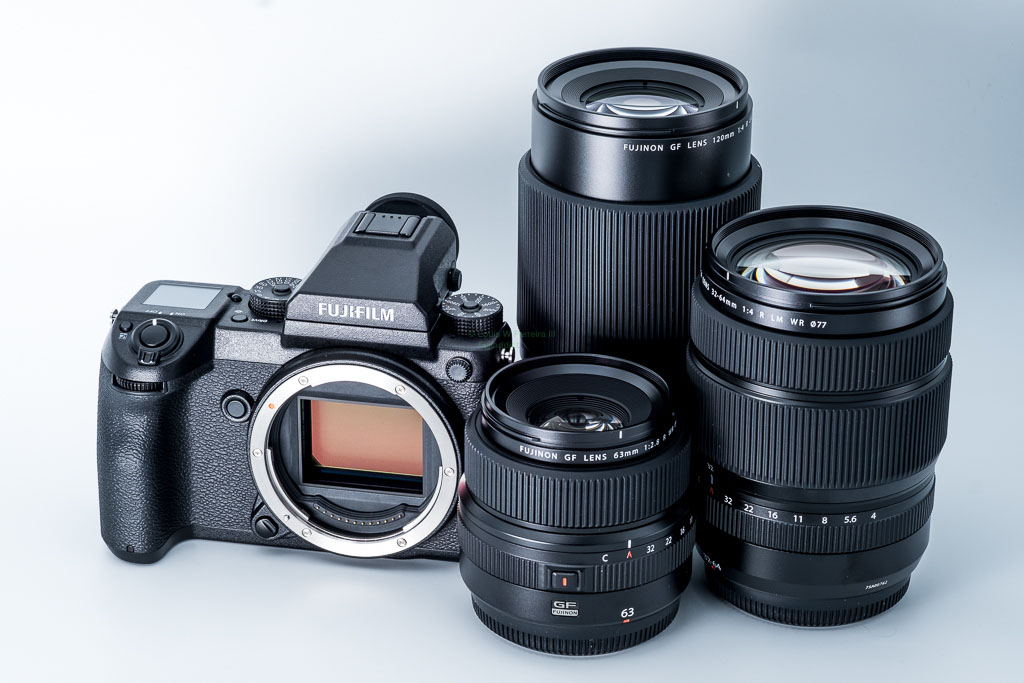
It’s an exciting time to be a photographer… The release of the Fujifilm GFX 50S signals a paradigm shift in medium format photography that has sent shockwaves throughout the market; but the GFX isn’t the only camera Fujifilm released that is changing everything. The Fujifilm X-T2 started the shift because it foreshadowed cameras like the Sony a9, which is an X-T2 without technological compromise. Mirrorless cameras have become impossible to ignore now that they can compete with the vast majority of traditional DSLR cameras, but the GFX is a cut above the rest.
FujiAddict has followed the progress of the GFX with much interest since its announcement, and Fujifilm handled the launch of their new format amazingly well, but Fujifilm might have been a little conservative in their approach. The Fujifilm GFX 50S builds on most of the things that the Fujifilm X-T2 got right, yet some photographers expected more because they have become used to no compromise camera systems. This is somewhat understandable since Fujifilm is targeting high-end, full frame photographers looking to get a little more image quality for their dollar, but the GFX is a new system, and it is capable compared to other medium format cameras. Traditionally speaking, medium format cameras are highly manual and mechanical, so Fujifilm is expanding a new hybrid market that is more DSLR-like than traditional medium format, which Leica started with the Leica S.
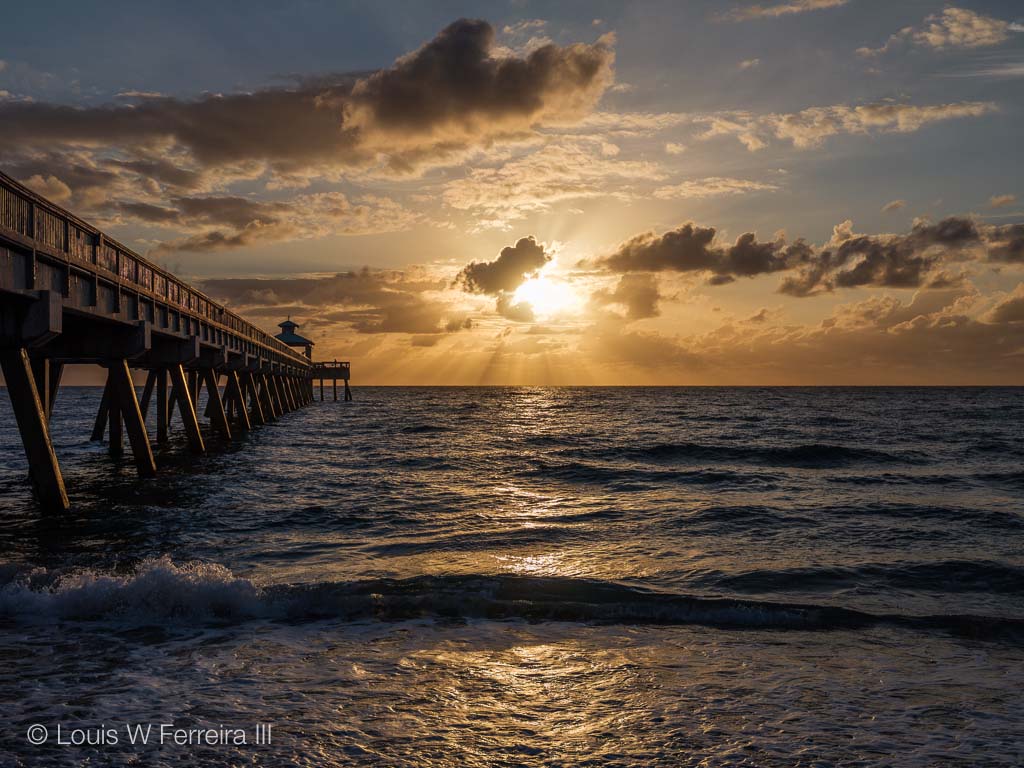
Exploring the Fujifilm GFX 50S
So, where does the Fujifilm GFX 50S fit? In my opinion, It’s a camera for traditional photographers in much the same sense that cameras like the Leica M are for traditional photographers. If you are skilled enough, you can use it for absolutely anything, and it is not right for any photographer to say that the Fujifilm GFX is not adequate for X task. The GFX performs very much like a Fujifilm X-T2 with X-T1 speed. It’s acceptably fast for photographers that want just to point and shoot, plus there are lots of HSS/TTL options that simplify shooting the GFX. Lots of photographers were confused about the limited sync speed of the GFX because Fujifilm did not do a good job promoting the HSS/TTL options, but if you want to get the best image quality from your GFX, you are going to have to shoot it manually so these features are not deal breakers.
Many have written hit pieces on the current generation of standout mirrorless cameras, but I wonder if they will do the same if/when Canon/Nikon catch up to Fujifilm/Sony. It can be hard to justify the cost of the latest and greatest mirrorless cameras, but high-end Canon/Nikon cameras aren’t any easier to defend. Justifying the purchase of a new camera has become increasingly difficult in a world full of people satisfied with the image quality from their camera phone. In addition, many people are hiring “photographers” that use entry level cameras with a kit lens for outrageously low prices now, which makes it more difficult to pay for professional equipment.
The diminishing profitability of photography limits the appeal of cameras like the Fujifilm GFX 50S to the more artistically minded photographers because the cost can be difficult to cover if you are not stepping down from a more expensive medium format system. The GFX is not meant to make the lazy photographer that just wants to post a quick Instagram pic happy, but it is versatile enough to make any photographer satisfied with their results. It rewards planning and process, which is why it takes a skilled photographer and proper presentation to demonstrate the GFX’s excellence today. Print and pixel peeping are the two areas where the GFX shines, but in the future VR display and high DPI displays will make lower resolution photos look dated.
The G Mount
Fujifilm’s new G mount is extremely adaptable and rugged. From the start, we saw many lens adapters launched to fill the gaps in the GFX lens launch lineup, along with some excellent work in our Fujifilm GFX Owners Group. Fringer even released an AF adapter very early in the camera’s life, which is hopefully a sign of future AF adapters to come. There could even be full frame AF adapters in the future since many full frame lenses demonstrate little to no vignette thanks to the design of the GFX sensor.
The Glass
Fujifilm chose to launch the GFX with two prime lenses and a zoom to satisfy the majority of photographers. So far, all of the lenses have been excellent, and all of them should perform well beyond the 100MP they were designed for. GFX lenses are probably the single best investment you can make in glass at this time because it is over built for future medium format sensors, which Sony has already started to produce.
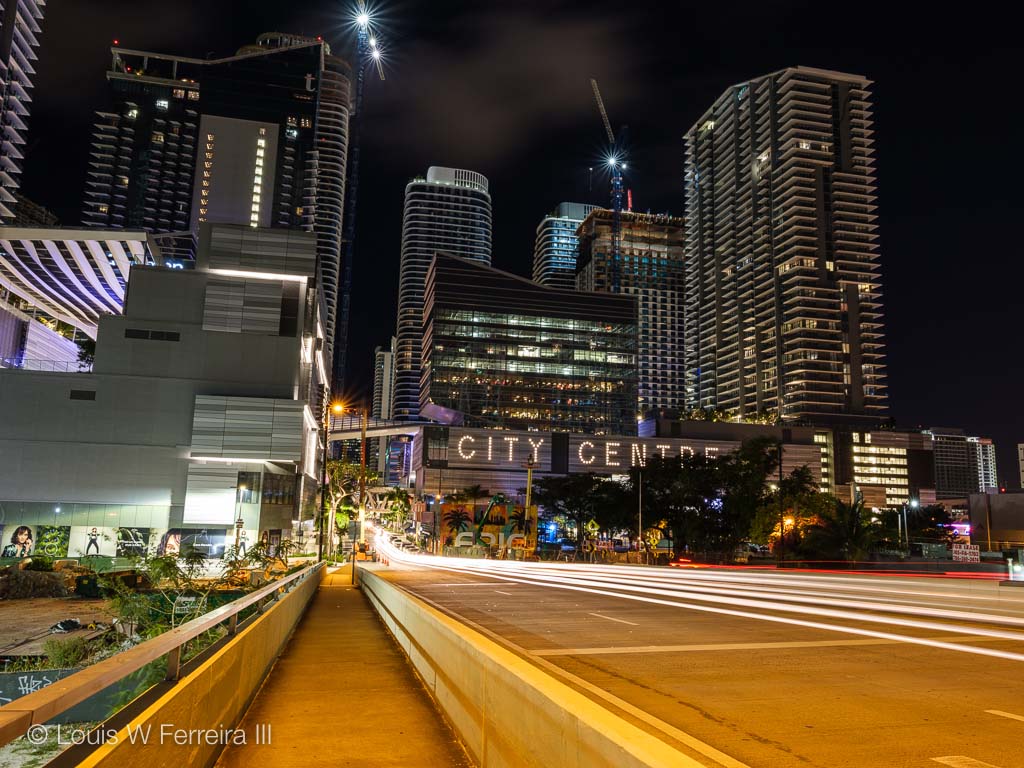
Fujinon GF 32-64mm f/4 R LM WR
The launch zoom, that is effectively 25-50mm, is a shockingly good lens. Generally speaking, I don’t recommend zooms but, if you are looking for one lens to do it all, this is the lens for you at this time. A photographer could easily use this lens for all of their work on the GFX and have it safely far out-perform any other similarly priced camera system. The Fujinon GF 32-64mm f/4 is probably the lens that I have used the most, but it is heavy and I wish it had OIS at this price point and weight. The GF 32-64mm is by far the quietest and fastest focusing launch lens for the GFX if those things are important to you, but I have decided to replace the GF 32-64mm with the Fujinon GF 23mm f/4 R LM WR because I prefer prime lenses and I mainly used the GF 32-64mm at the wide end.
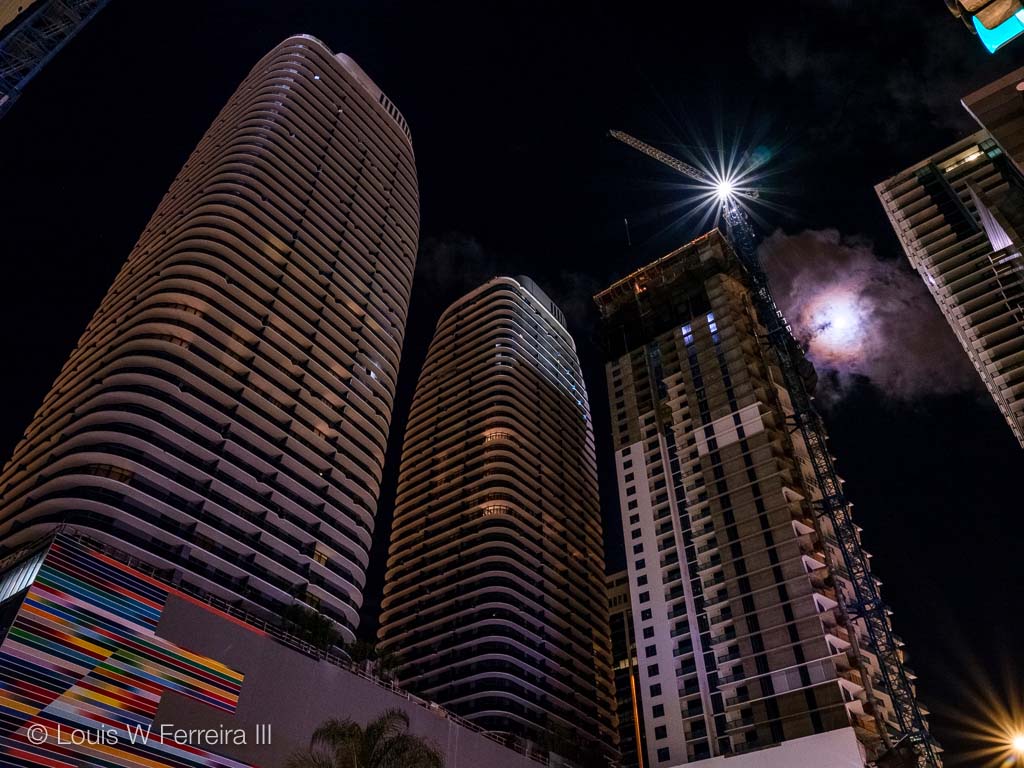
Physically, the GF 32-64 f/4 feels very well built, and the focus ring moves smoothly and predictably. The lens is incredibly easy to zoom and focus manually, even though it is focus by wire. While the lens internally focuses, it does not internally zoom, which I found very disappointing as telescoping lens barrels often lead to specs of dust getting inside the lens. In addition, I was not overly impressed with the use of plastic for the lens hood, but it is a solid hood.

Fujinon GF 63mm f/2.8 R WR
The fast fifty equivalent for launch is my favorite lens for many reasons. It’s almost as fast at focusing as the Fujinon GF 32-64mm f/4, but it is significantly lighter. In fact, the Fujinon GF 63mm f/2.8 is so light that it easily turns the Fujifilm GFX 50S into a walk-around camera. When I have the GF 63mm f/2.8 mounted, the GFX feels no more burdensome than my Fujifilm X-T2 with a handgrip. Actually, it feels a little lighter. Image quality wise, it is sharper than the GF 32-64mm f/4, and the extra light gathering provided by the f/2.8 aperture allows the use of a lower ISO or faster shutter speed, which will further improve image quality.
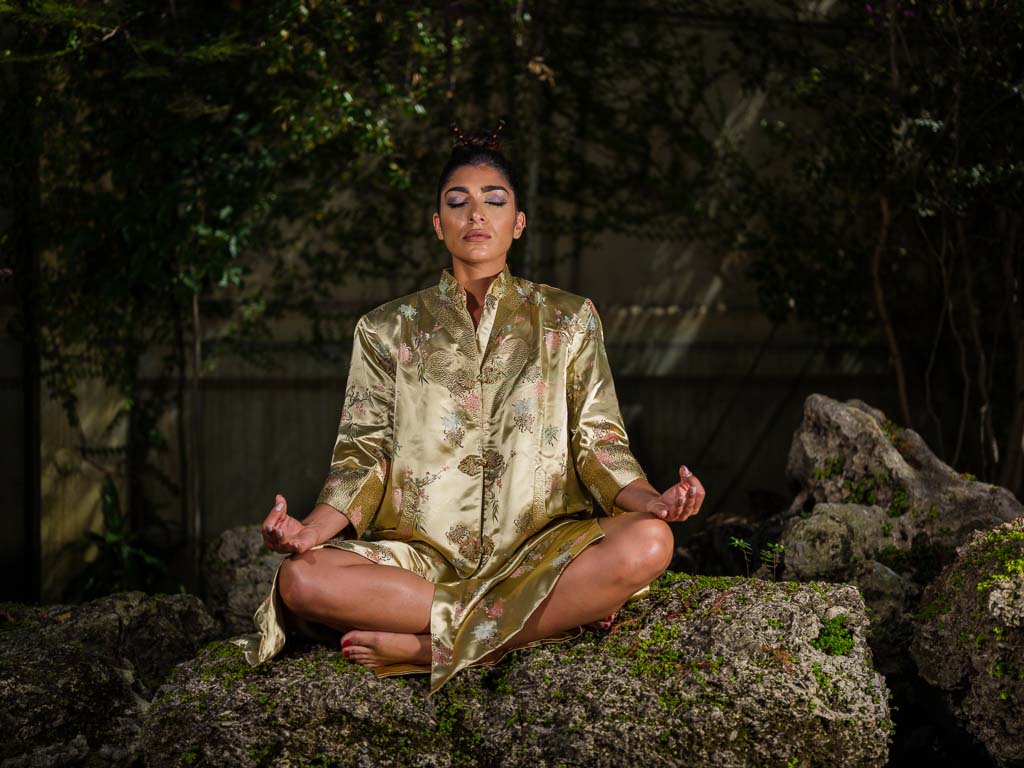
The feel of the GF 63mm f/2.8 is the worst of the launch lineup. It seems like Fujifilm did their best to shave off every millimeter they could to make a super compact, almost pancake-like, medium format lens. Thankfully, Fujifilm didn’t compromise image quality to achieve their goals, but they compromised the manual ergonomics of the GF 63mm f/2.8. The cone shape of the GF 63mm f/2.8 does not feel good in your hand, and does not feel right while manually focusing. The GF 63mm f/2.8 is also the only lens for the GFX that has a front element that moves in and out, which could introduce dust internally to the lens. I think Fujifilm would have been better off going with a cylindrical design that internally focused and was a little larger and heavier. Like the GF 32-64mm, the GF 63mm has a plastic hood, but the 63 hood is flimsy. It’s the worst hood of the launch lineup, and I hope a third party makes an optional hood soon.
Even with all of its flaws, I think the GF 63mm f/2.8 is a lens worth owning, especially if you’re a prime fan like I am. If you are going to approach the system at or around launch, I still think the Fujinon GF 63mm f/2.8 R WR, GF 23mm f/4 R LM WR and GF 110mm f/2 R LM WR combo that I first recommended is by far the best trio to own for the GFX at this time.

Fujinon GF 120mm f/4 Macro R LM OIS WR
Finally, the launch dual-purpose Macro/Portrait lens, with an effective focal length of 95mm, is the most mixed lens out of the launch lineup. The Fujinon GF 120mm f/4 Macro is the only lens at launch with OIS, and it works incredibly well, but it can be a little noisy. Some have described the noise that the GF 120mm f/4 makes as being like a tie fighter from Star Wars, which I find mildly amusing. It’s not overly noticeable in an average volume room, but if it’s silent, then you can definitely hear the lens working. If you are a fan of extreme sharpness, the GF 120mm f/4 is for you, as it is by far the sharpest lens out of the launch lineup, but the AF can be a little finicky sometimes. The GF 120mm f/4 is probably the lens that Fujifilm could improve the most via a firmware update.
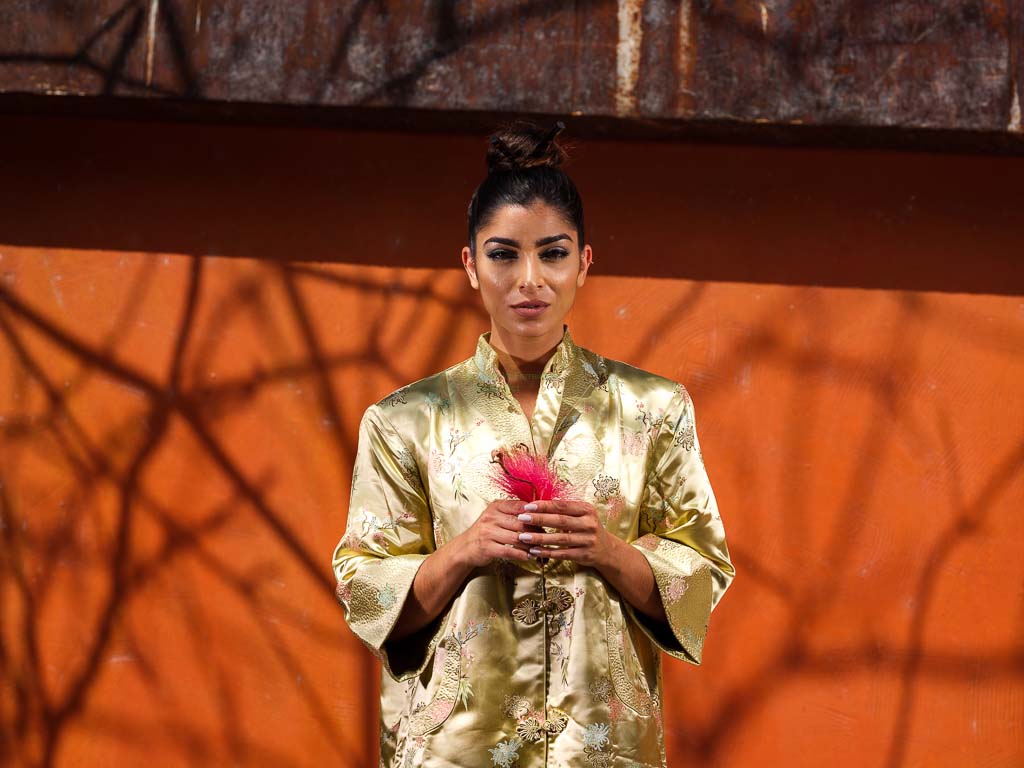
Thankfully, the GF 120mm f/4 feels great, like the GF 32-64mm f/4, because this is incredibly important in a lens that will be used for portraiture and macro work. The ability to manually focus well and accurately is critical when working with this lens’ minimal focusing distance of 45cm, which allows for tight portraiture work that the Fujinon GF 110mm f/2 R LM WR is incapable of performing. The GF 120mm f/4 is by far the best manual focus lens out of the launch lineup because the manual focus ring is large and well weighted, and the focus by wire feels almost mechanically connected. The lens hood for the 120mm falls between the GF 32-64mm and GF 63mm in quality and is again made of plastic, but it is acceptable compared to the GF 63mm hood.
Out of the launch lineup, this lens will probably be the most durable of them all, because there are no external moving parts, and I expect Fujifilm to do great things with it via firmware updates, but it’s not quite for me. If it were a 1:1 macro, I would probably prefer it over the GF 110mm f/2, but 1:2 macro is less than ideal for me. I hope that Fujifilm releases a 1:1 macro lens in the future for fans of hardcore macro work because the GFX will make a great macro camera.

The Sensor
While the sensor in the Fujifilm GFX 50S isn’t entirely new, Fujifilm’s implementation of it is quite impressive. The GFX sensor creates files with a level of latitude unmatched by others at this time, with the ability to recover an obscene amount of detail from highlights and shadows without introducing an unusable amount of noise. It is to the level that many have called it the ability to cheat.
51.2MP should be more than enough resolution for anyone right now, and it’s close to future-proof in this respect, but the system won’t be comfortably ahead of the resolution curve until the 100MP sensor is released sometime in the next year or so. The ability to comfortably ramp up resolution, while maintaining superior dynamic range, is one of the biggest advantages of medium format cameras. It’s my belief these medium format cameras will be utilized to provide and produce content primarily for print, 8k+ displays, and VR because images from them are largely wasted on the web.
The GFX sensor is even surprisingly good for recording video, but 1080p resolution isn’t preferable for primary work anymore. While I have shared a lot of really well-assembled GFX videos on FujiAddict, the unique look simply is not currently worth the investment. I think it would be wiser to wait for the next generation GFX, if you want to use it primarily for cinematography, as the 100MP sensor should have 4k and hopefully will have advanced video options.
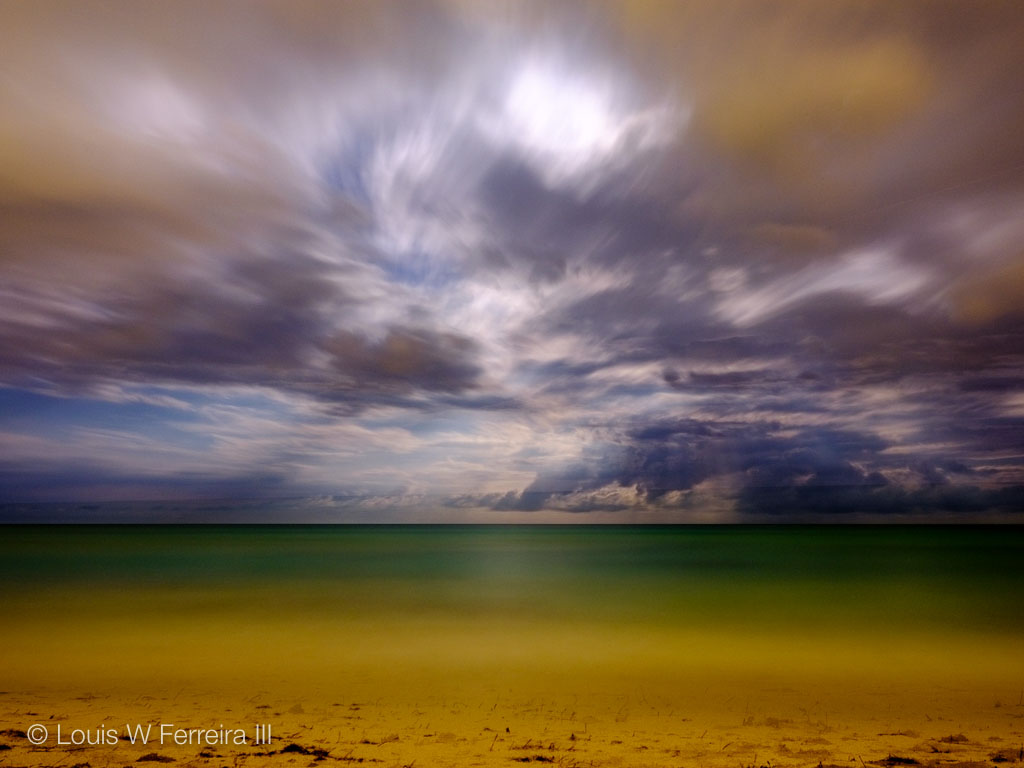
File Quality
The RAW files out of the GFX are 14 bit and can be pushed 4-5 stops or beyond. Lightroom seems to be the limiting factor, if you edit in Lightroom, because there aren’t many hard limits with GFX files. The dynamic range of the GFX is staggering and, depending on how an image is captured; you can recover a completely black frame while adding little or no perceivable noise. RAF files from the GFX can vary greatly in size compressed or uncompressed and, even the JPEG files can be 100MB+, which makes owning a large/fast SD card a must. GFX files can consume gigabytes of your hard drive very quickly, so over shooting is not advised unless you have terabytes to spare.
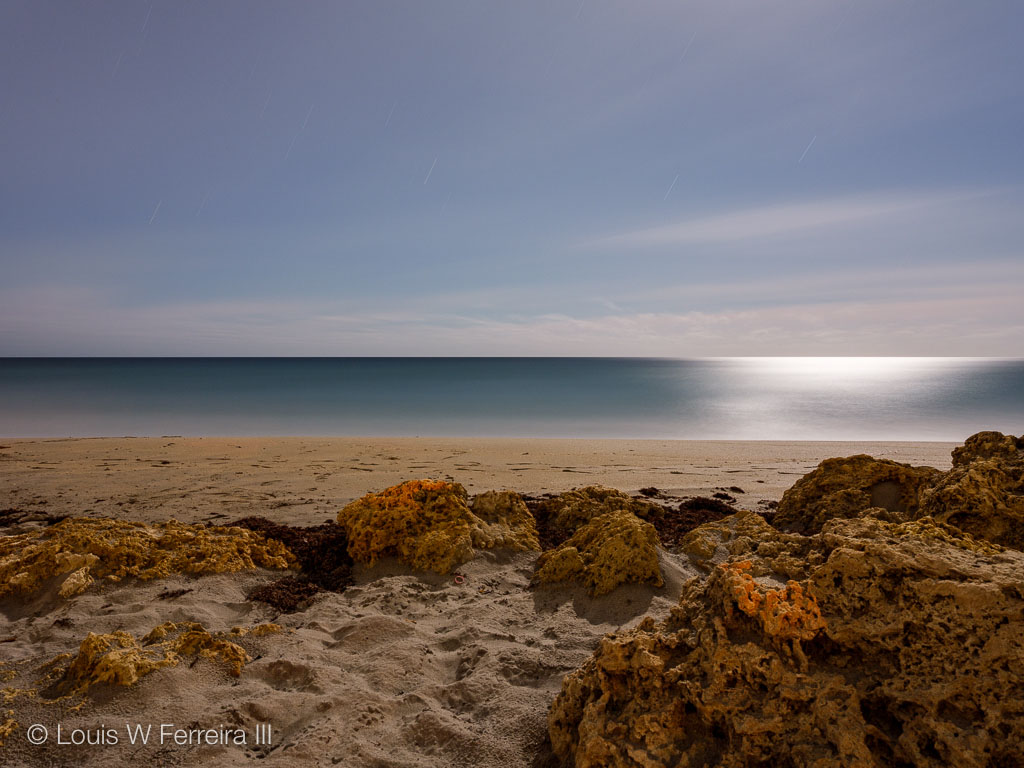
The Body
The body of the GFX fits in my hand very well, but it isn’t attractive, which is rare for a Fujifilm camera. The bulge in the back is an eyesore, but the buttons and dials are all perfectly placed, and the camera body feels solid. Of course, everything is weather sealed including the lenses. The size of the GFX feels just right and, even though the bulge in the back is unattractive, it makes the buttons on top of it easier to use than similar buttons on the X-T2. The multilevel layout of the buttons on the GFX is great, except the quick button by the thumb grip. I quickly learned to avoid the Q button when operating the GFX, but when friends of mine use the camera they often press the Q button when using a tripod and then ask me why the menu comes up every time they adjust the camera on the tripod. Physical buttons are great to have, but not when they are easy to accidentally press without noticing.
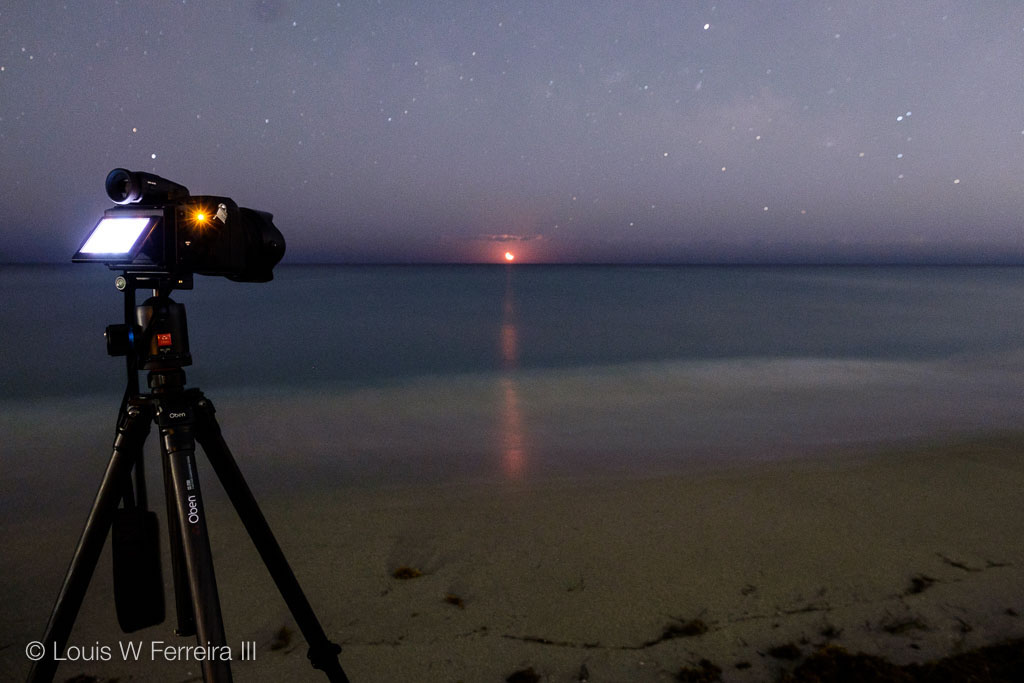
As a walk around camera, all of the lenses can be used, but the GF 63mm f/2.8 is the best lens to own if you want to be mobile with your GFX. I have walked double-digit miles with a three lens setup, and this is where having a good bag is key. The few days I ventured out with the GFX and all of my lenses, I often found myself walking around with the GF 32-64mm attached. But on the days that I used the GF 63mm or switched to it, I felt stupid for using anything else due to the weight difference. The GFX body is very light, and the weight of the camera largely comes from the lens you choose to use.
I never had a complaint about the battery life of the Fujifilm GFX 50S, and I can frequently shoot for one or two days on just one battery. Whether using the EVF or LCD, the camera does not noticeably drain the battery faster and, if I turned it off between photos, I might even be able to shoot for 3 days without charging. The GFX doesn’t have DSLR type battery life, but there are reports of photographers getting over 1000 pictures on a single charge. I have yet to run my battery flat and regularly take 400-800 photos per battery. My second battery is basically for when I forget to charge my main battery before a full day of shooting.
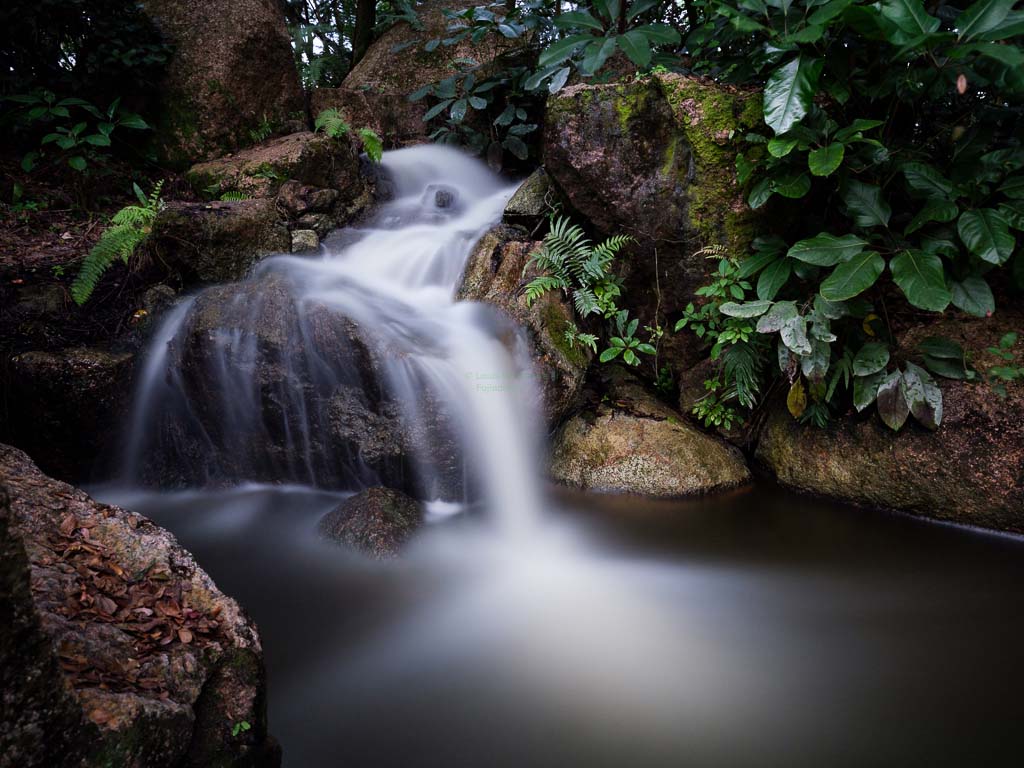
EVF/LCD
The Fujifilm GFX EVF is very similar to the Leica SL EVF, and I love them both, but the GFX EVF is ever so slightly better, even though it is lower resolution. The GFX viewfinder is 3.69MP with a magnification of 0.85x, while the Leica SL view finder is 4.4MP with a magnification of 0.8x. Both are big and beautiful, but the GFX viewfinder has a lot more contrast, while the SL has more muted colors. Both have world class EVF, but I prefer the EVF on the GFX. The better your EVF, the more attractive adapting glass on mirrorless cameras becomes, and I hope to see a viewfinder like this on some kind of X-T Pro camera in the future.
Video
Video features on the GFX are very straightforward, and I have only used it to film a few things so far because I have largely moved to 4k and am increasingly interested in 4:2:2 footage and color grading. The GFX will only satisfy the most entry level of videographers with 1080 24p and 30p and the video high point of Fujifilm film simulation producing very easy, pleasing and usable footage right out of the camera. The GFX has some quasi-advance audio features, but I haven’t tested a legitimate microphone on the GFX yet since Fujifilm is not known for having a good preamp.
Short Comings
Fujifilm is a very experienced camera company that hasn’t done much wrong over the past two years. If you understand the way cameras are produced at this time, and the sensors available for them, then the lack of phase detection on the GFX becomes a very understandable shortcoming. I would love for the GFX to have phase detect AF, especially since we have all become so used to it on mirrorless cameras over the past few years, but Sony hasn’t developed a medium format sensor with dedicated phase detect pixels yet. It’s quite incredible that Fujifilm was able to produce a medium format camera that performs as quickly as the Fujifilm X-T1 at launch while using contrast detect AF, so it’s hard to complain.
Maybe the only legitimate complaint I can levy against the GFX at this time is that Fujifilm should have made the camera more attractive looking. The Hasselblad X1D is a beautiful camera, even if it is a deeply flawed one, and I know photographers that are still lusting after it even though it is less than perfect. Photographers care a lot about how things look, and Fujifilm should have been more mindful of that fact. Further, a leaf shutter lens at launch would have been nice, even if it was ridiculously expensive, because many photographers expect leaf shutters in medium format cameras. The release of a leaf shutter lens for the GFX will quiet much of the criticism of the system, and it can be done, you simply have to look to the Leica S, which has regular and leaf shutter lenses.
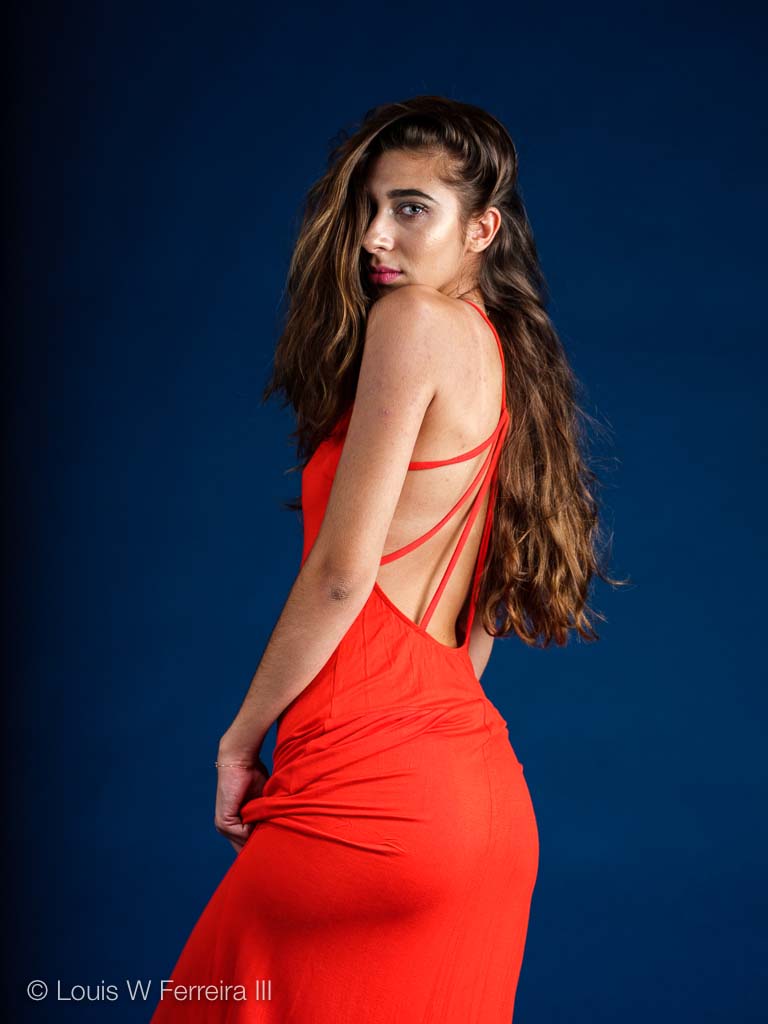
The Future
The GFX has probably already out sold all of the current medium format cameras available today combined. It’s highly likely that Fujifilm will release a medium format fixed lens camera in the future like the X100, along with a rangefinder-style medium format camera. Fujifilm even hinted at the name being the GFR for the rangefinder style camera, but the GFR could be their fixed lens camera. It’s hard to predict how many photographers Fujifilm can convince to join medium format, but a GFR50 or GFR100 with a fixed 45mm f/2.8 priced around 3-4k would be a great introduction. Maybe they could even make it a collapsible lens like the old GF670 cameras.
It is also important to note that the Fujifilm GFX 50S is by no means slow, and it will only get faster as Fujifilm continues to improve it via a firmware update. That being said, future generations of GFX cameras will quickly catch up with DSLR’s, especially if the GFX sells well, because Fujifilm will be able to push Sony’s sensor development. Much of the processing and battery power necessary for high-speed mirrorless cameras are here today, and the only reason the GFX isn’t a faster camera today is the limited amount of medium format research and development that has occurred up until now. Since the GFX is a hit, we can expect Fujifilm to invest heavily in medium format R&D going forward. I think the GFX was a conservative gamble that paid off for Fujifilm, and now they will make an effort to become the “Canon” of the medium format world, which happens to have a good profit margin.
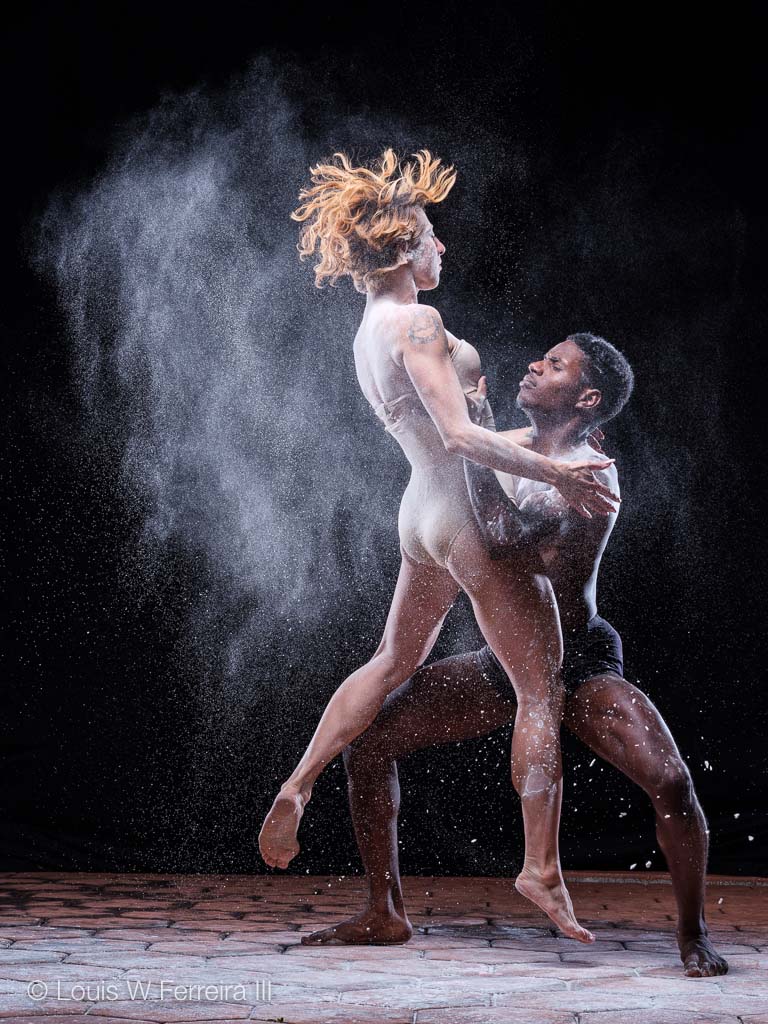
To Buy or Not to Buy
I’m not sure you can make an argument for the Fujifilm GFX 50S making you more money as a photographer, unless you are already established in a niche market that requires or expects a medium format camera, and you plan on liquidating your overpriced equipment for a GFX. Hasselblad Shooters should seriously consider switching to Fujifilm and so should Phaseone photographers, but less so since Phaseone still has a slight edge. You can even use your Hasselblad leaf shutter lenses on the GFX if you buy the adapter, but you will have to manually focus them. The switch could save a lot of money.
Beyond photographers that already shoot medium format, it comes down to artistic choice. The switch to GFX will give you a slightly different look, and some additional dynamic range in addition to Fujifilm colors. You will also be buying into a more future-proof platform thanks to the additional resolution that can fill many of the future digital display formats today. Many photographers think about producing a photo for today, but videographers often master beyond their client’s demands so they can sell things they produced to clients again later. Photographers should learn from videographers how to generate future profits from their past work by mastering beyond their client’s current needs. Many videographers will master in 4k and sell their client a DVD followed by a Bluray and then, in the future, they can sell their client a 4k Bluray or 4k digital file. Similarly, photographers might provide Instagram quality digital files today, but in the future Instagram quality might be 8k resolution.
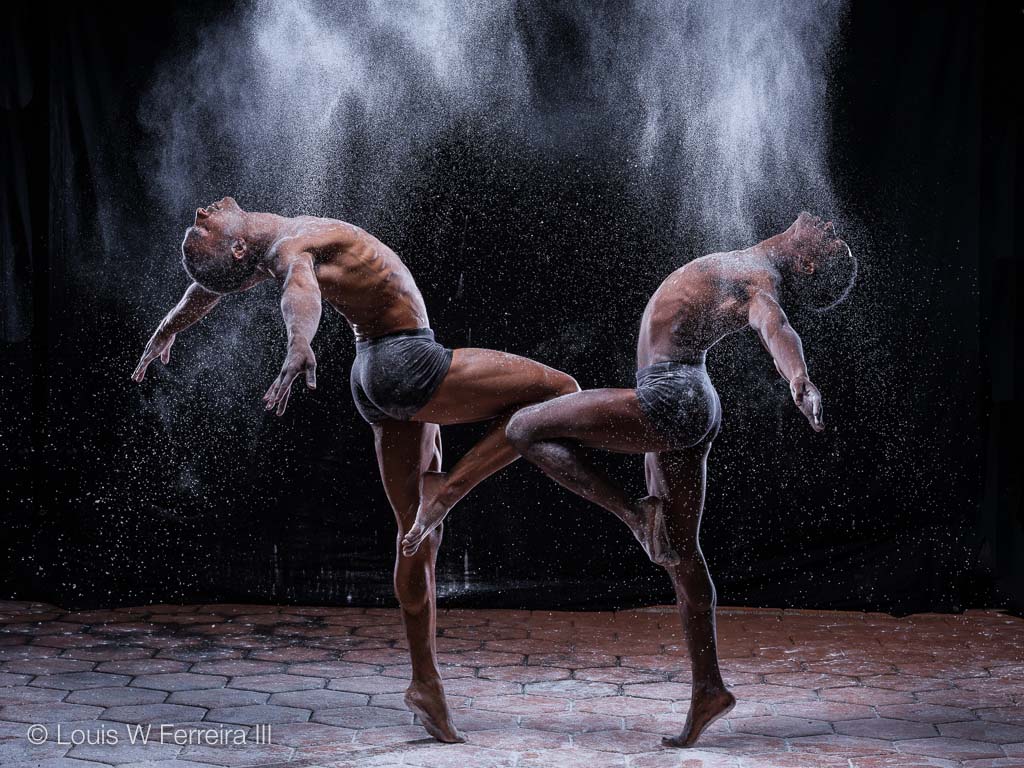
The Fujifilm GFX 50S is also very attractive to photographers that like to work on personal projects. I have greatly enjoyed shooting with MSA Depot, Mig Rodz, Maksimilian Dikarev and more since receiving the GFX, and I think we all push each other to do better work. Working with local photographers on a variety of projects had been very rewarding, and I almost always grab my GFX first. Frankly, the GFX is at home wherever you are comfortable shooting and, while you might reach peak image quality out of the GFX in a studio, this is basically true of all cameras because you have an unlimited amount of control over lighting in a studio.
Owning a GFX might be a luxury as a photographer, but it is not because Fujifilm is charging an unreasonable amount of money for you to own one. In fact, they are incredibly aggressive about their pricing. No one has produced a digital medium format camera this competitively priced before, and Fujifilm is shaking up the entire industry by doing so. Fujifilm has provided a lot of photographers with an opportunity to bring their photography to a new level and, while not every photographer will be able to fully explore this level of photography, most probably should at least give it a try.
Join our Fujifilm GFX Owners Group which is growing rapidly, also follow the Fujifilm GFX Page to get more tailored news on Facebook and follow Fujiaddict on Facebook and Twitter. Follow me on 500PX, Instagram, and YouTube.

